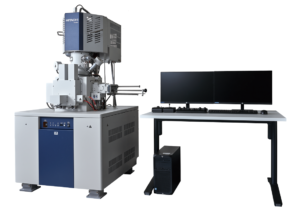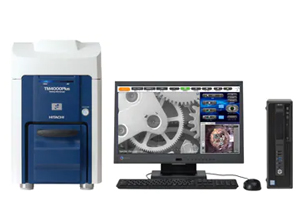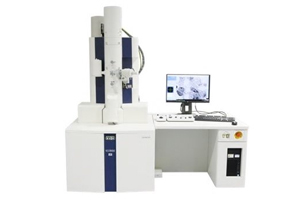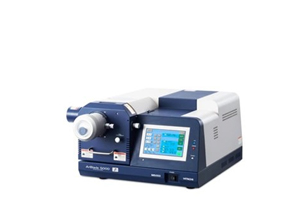How does Scanning Electron Microscopy work?
Scanning electron microscopes use an electron beam to illuminate a sample. The electrons are scattered by the interactions with the atoms in the sample. In Scanning Electron Microscopy (SEM) backscattered electrons (BSE) are used to create an image. These electrons originate from the area just below the surface and provide compositional information of the sample.
Alternatively, secondary electrons can be measured. This type of electrons is released from the surface by inelastic interactions of the primary electron beam and the sample. Secondary electrons have lower energy and can be analysed separately from BSEs. Whereas BSEs originate from the area somewhat below the surface of the sample, secondary electrons provide topographical information of the surface area.
Apart from electrons, the interaction of the electron beam with the sample can also produce energy-dispersive X-rays (EDS). These X-rays are characteristic for the atom in which they are generated. Thus, an EDS spectrum contains information on the elements of which the sample is composed.
Instead of visual optics, all forms of electron microscopy use electromagnetic lenses, both to focus the electron beam and to create the image by removing aberrations. The electrons in the beam are accelerated. A higher acceleration voltage results in a higher resolution, but it may damage fragile samples like biological samples or very thin samples, like graphene. By using different techniques, our microscopes can combine low voltage with high resolution.












